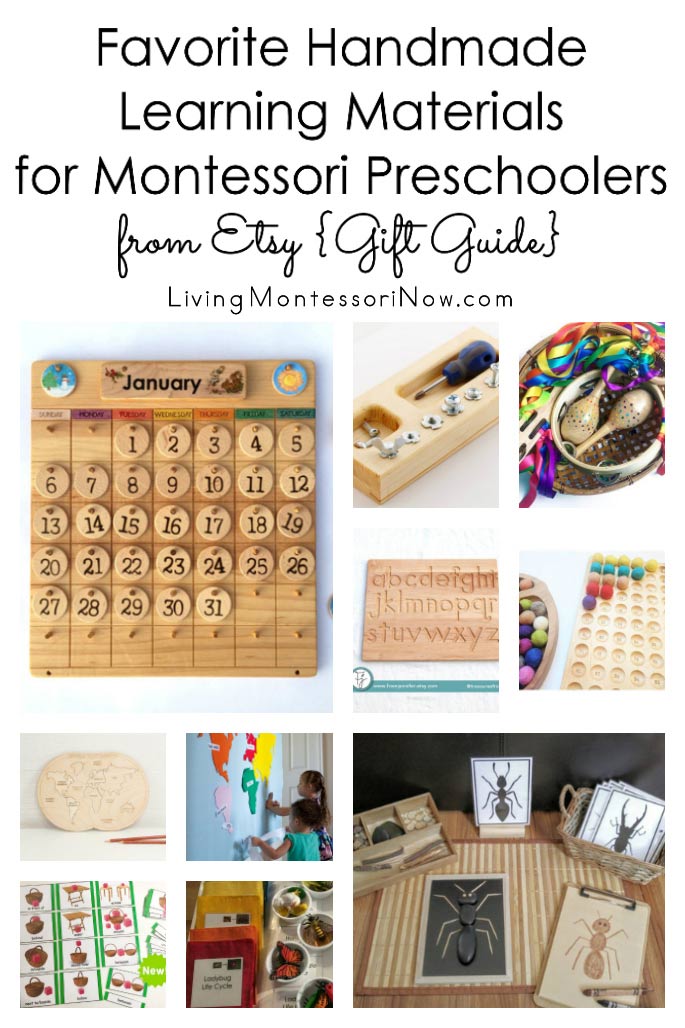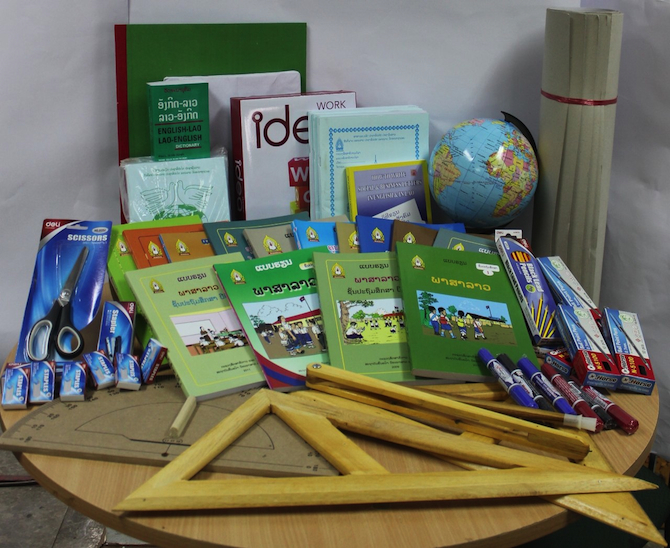Free Info For Choosing Italian Kindergarten Teaching Didactics
Wiki Article
What Is The Informational And Educational Content That Schools In Primary And Secondary Need?
Many kindergartens or primary schools require a range of informational, educational and other materials that aid their students in learning and developing. Some examples of materials that may be necessary include: Curriculum materials These are materials designed to support the learning goals of the school's curriculum. They can include textbooks, workbooks, lesson plans, and various other resources.
Classroom Supplies - For young children, classroom materials like pencils, papers, glue, scissors and other arts equipment are crucial.
Educational technology - In the technological age, educational technology like tablets, computers and interactive boards can be utilized to improve education and provide additional sources for students.
Books – Elementary and kindergartens have to provide a range appropriate for children's ages that help children develop reading and language skills.
Manipulatives - Blocks, puzzles and many other games may aid in developing children's spatial awareness, problem-solving, and problem-solving skills.
Visual aids. Visual aids like posters maps, charts, and posters can help children comprehend and retain key concepts.
Arts and Music Materials- Paints, instruments and clay are all excellent art and music materials for kids. They promote creativity and self-expression.
Safety equipment - Safety items like first aid kits and fire extinguishers are essential for the safety and well-being of staff and students.
Primary and kindergartens should be equipped with a variety of educational and informational materials in order to create an atmosphere that's stimulating and safe for students. Read the top rated scuola infanzia for blog recommendations.

What Are The Best Maths Educational Aids In Italian Kindergartens?
The use of mathematics-related educational materials at Italian nurseries can enhance the numerical, spatial and problem solving skills of infants and toddlers. Here are a few examples of recommended materials counting manipulatives: Counting manipulatives such as counting bears, blocks and beads can assist children to improve their counting skills along with their fine motor skills as well as hand-eye coordination.
Number cards and charts Charts and numbers are a great way to introduce children to numbers and counting. You can use large colorful numbers on the wall, or smaller ones that children can hold and manipulate.
Shape manipulatives can be utilized to help children learn about shapes, their properties and help develop spatial thinking.
Instruments for Measuring: Measuring devices like rulers (or measuring tapes), scales (or scales), and measuring tapes can be used to aid children in developing their mathematical vocabulary as well as learn about comparisons and measurements.
Simple games and puzzles such as dominoes, matching and jigsaws can help to develop problem-solving skills and attention in children.
Technology-based learning aids for students. Technology aids like tablets with educational math games and apps could help to engage children in classrooms and offer them additional tools.
It is crucial to utilize these materials in a appropriate manner and to make sure that they're safe and suitable for young children. Teachers and parents can make use of these materials to develop engaging and interactive math activities that promote children's curiosity and passion for learning. Follow the best materiale didattico matematica sostegno for website info.

What Materials And Resources Are Needed In Italian Kindergartens For Teaching Science?
It is essential to offer support for scientific teaching materials in Italian nurseries to ensure that children can explore and discover their environment. Here are some examples for the teaching of science material that may be necessary curriculum and lesson plans A well-planned curriculum and lesson plan that incorporates concepts of science can help students learn about a broad spectrum of scientific concepts and abilities.
Visual aids are also helpful. Posters and charts along with manipulatives such as magnifying glasses and natural specimens can aid children in learning scientific concepts in a visual manner.
Books and Videos: Books and videos that cover science topics like weather, plants, and animals can be a great method of engaging children in learning and to provide them with additional resources.
Outdoor learning spaces: Gardens and playgrounds, for example are a great way to provide children with opportunities to explore and learn about the nature around them.
Parents are involved: Involving parents can reinforce concepts taught in the nursery and promote family involvement in learning.
Assessment Tools: Assessment tools are useful for teachers and caregivers to track children's development and identify areas where needing additional assistance.
It is vital that teaching materials are suitable for children of all age groups. These materials let teachers and their caregivers to design fun and interactive science lessons that stimulate curiosity and a love of learning in children. See the top rated schede didattiche scienze for website advice.

What Kinds Of Geography Resources Should Be Used In Italian Kindergartens?
Italian nurseries are able provide children with geography teaching materials that help them develop a better understanding of their surroundings and help them learn about other cultures and their environments. Here are a few examples of geography teaching materials which may be required: Maps: Maps can aid children in understanding the geography of various nations and regions, and the locations of various landmarks and natural landscapes.
Globes: Globes allow children to discover the oceans, continents, and other features of the Earth.
Pictures and videos Images and videos of different places around the globe can help children appreciate the different cultures and develop a sense of appreciation for them.
Books: Age-appropriate and appropriate books with a variety of locations and cultures will help children get interested in geography as well as a sense of curiosity about the world.
Natural materials. Materials such as shells and plants are ideal to help children understand ecosystems.
Field excursions. Field trips can be a great method to provide your children with authentic experiences, and also an opportunity to teach them about geography.
It is essential to select geography-related teaching materials that are appropriate for children's age and culturally sensitive. Teachers and caregivers can use these materials in order to create stimulating, interactive activities which encourage children's interest and curiosity. View the most popular schede didattiche geografia sostegno for blog examples.
